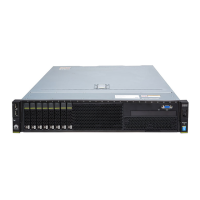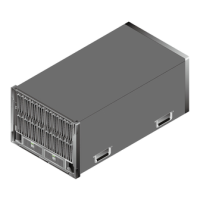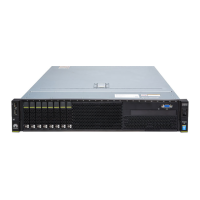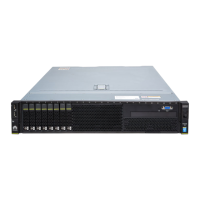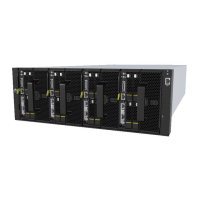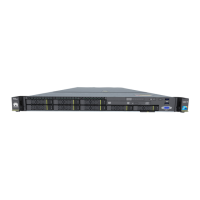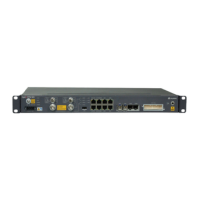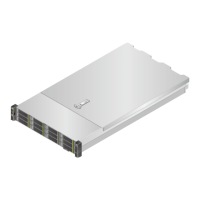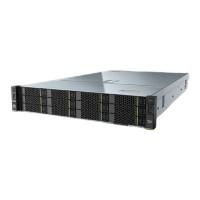As shown in Figure 9-32, the bus ID of the NVMe PCIe SSD in slot 8 is 0000:81:00.
Step 4 Query information about the NVMe PCIe SSD drive letters.
For example, to query information about the NVMe PCIe SSDs in /sys/class/block/, run the
following command:
ls -l /sys/class/block/
Information similar to Figure 9-32 is displayed.
Figure 9-33 Mapping between NVMe PCIe SSD drive letters, PCIe bus IDs, and 80 IDs
Step 5 Obtain the mapping between slot IDs and SSD drive letters based on the mapping between the
slot IDs and bus IDs.
For example, as shown in Figure 9-33, drive letter nvme0n1 maps to bus ID 0000:81:00.0.
According to the information obtained in Figure 9-32, bus ID 0000:81:00 maps to slot ID 8.
Therefore, drive letter nvme0n1 maps to slot ID 8.
NOTE
The slot IDs queried in Step 2 should be consistent with the slot IDs (4 to 7) marked on the server. If
they are not, get them from the 80 IDs obtained in Step 4. For example, "02.0" in 80 ID 0000:80:02.0
indicates the slot number.
----End
9.10 Erasing Storage Media Data
Erase the storage media data by using either of the following:
l Linux command badblocks
Use this command when the storage medium is not in a RAID array or is in a RAID
array without redundancy and the OS is running properly.
The badblocks command erases data by writing all 0s on the storage device based on the
command parameters specified.
l Toolkit
Use Toolkit in the following scenarios:
– The storage medium is not in a RAID array or is in a RAID array without
redundancy, but the OS is not running properly.
– The storage medium is in a RAID array with redundancy.
5288 V3 Server
User Guide
9 Common Operations
Issue 26 (2018-11-19) Copyright © Huawei Technologies Co., Ltd. 272
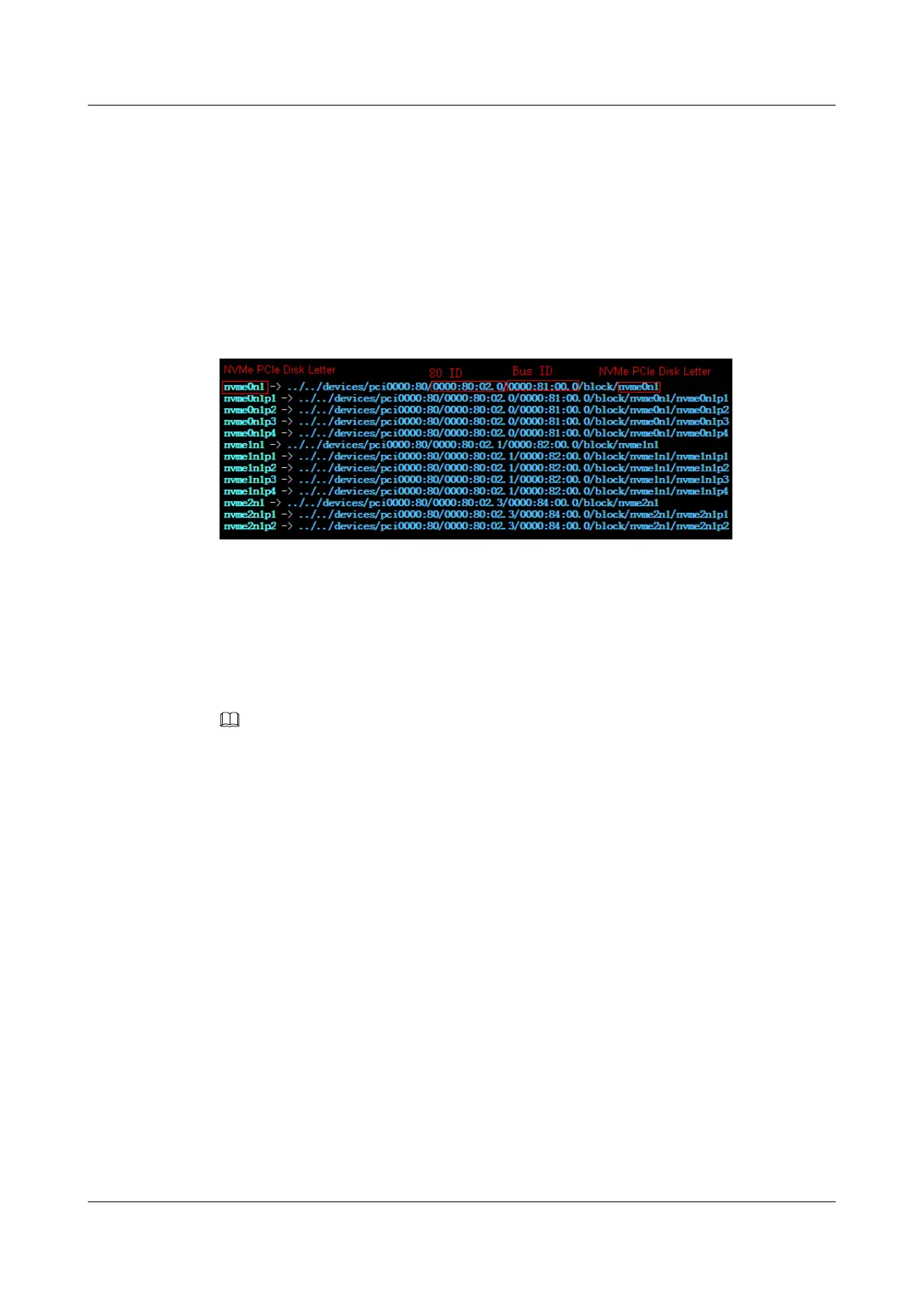